Remembering I.M. Pei: 5 iconic buildings designed by legendary Chinese-American architect you must visit
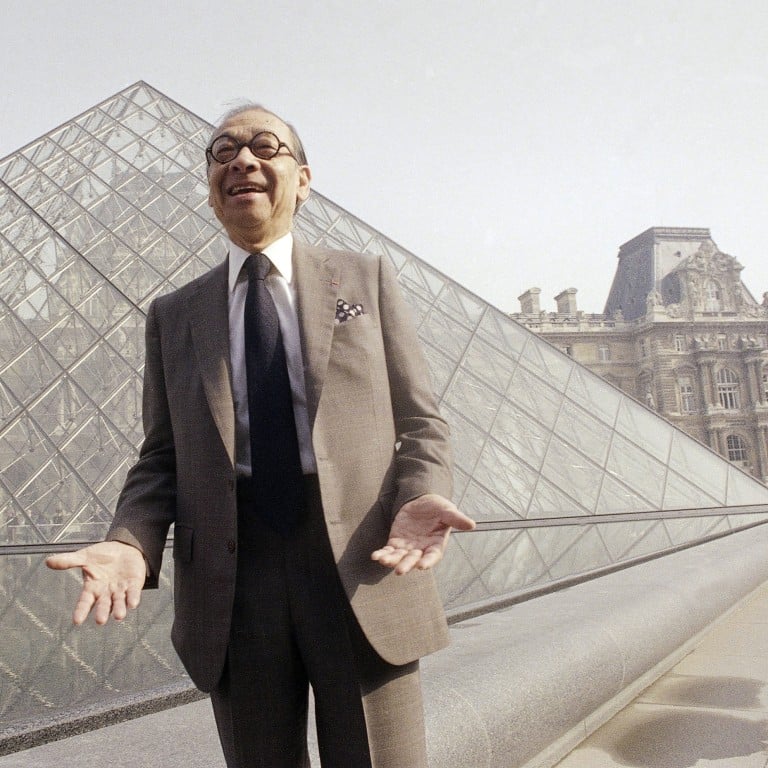
Born in Guangzhou, raised in Hong Kong, and educated at the Massachusetts Institute of Technology and Harvard, the late Chinese-American architect, Ieoh Ming Pei, was, quite simply, legendary.
After completing his first Atlanta office building, in the United States in 1949, Pei developed an artistic signature that combined modernism, cubism, tradition and graceful geometry.
4 avant-garde buildings in Macau designed by renowned architects
During his career with I.M. Pei & Associates, founded in 1955, which was renamed as I.M. Pei & Partners in 1966 and Pei Cobb Freed & Partners in 1989, he won numerous prizes and honours, including the Arnold Brunner Award, the AIA Gold Medal, the Royal Institute of British Architects’ Royal Gold Medal and the Pritzker Architecture Prize.
He died aged 102, on May 16, leaving behind one of the world’s great modern architectural legacies.
Check out arguably his most iconic buildings.
China’s rich ditch group tours for bespoke travel – can the industry keep up?
1989
Le Grand Louvre (the Pyramid), Paris
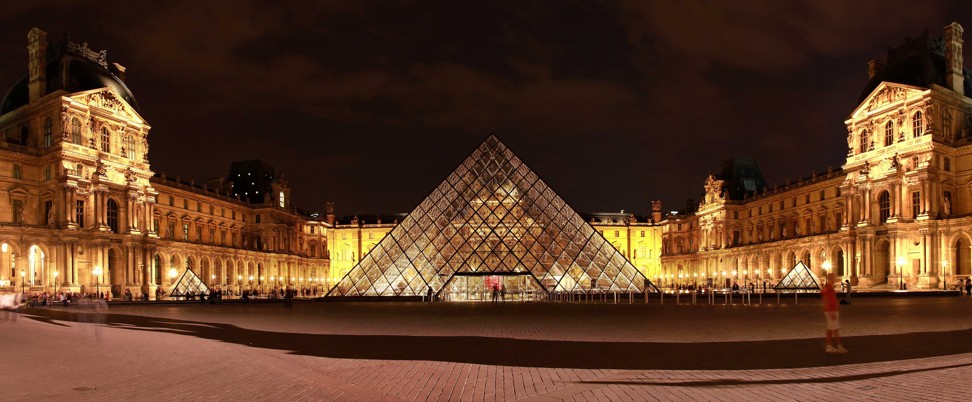
It is impossible to talk about Pei’s work without acknowledging the Pyramid, the aggressively modern glass and steel addition to the Louvre in Paris, that works as both an entrance and a skylight.
Once called an “atrocity” by the Parisian press and loathed by the public when the controversial design was initially revealed, it is perhaps one of the most recognisable structures on the globe and has become synonymous with the Musee du Louvre itself.
Part of an extensive refurbishment of the old palace, the pyramid sits in the central Cour Napoleon courtyard and allows light into the new basement, but above all else, it makes a statement: this is not your grandmother’s museum.
Needless to say, Paris got over its initial resistance.
1990
Bank of China Tower, Hong Kong
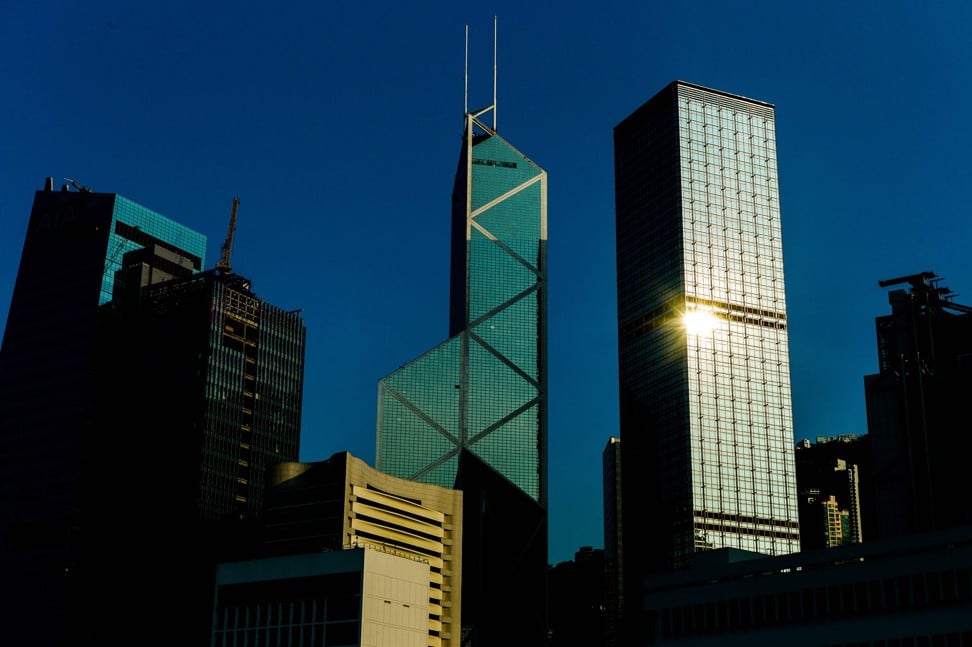
In some ways as controversial as the Louvre extension, the Bank of China Tower can be credited with cultivating Hong Kong’s still-emerging sense of architectural identity.
Not just another tall tower, the building was an aspirational design that told the world the bank wasn’t the stodgy institution it was perceived as and announced the People’s Republic of China was ready to play on the world stage.
Sitting on a compact, tricky piece of land, the distinctive tower boast four triangular shafts and diagonal bracing, fully exploiting Pei’s love of geometric constructions.
Its angled triangular caps and complementing tessellated pattern of the glass curtain walls have ensured the building graces hundreds of Hong Kong postcards and travel guides each year. And contrary to popular belief, it does not point its sharp edges at the old governor’s mansion.
How to travel in style on the world’s most luxurious train journeys
1977
Dallas City Hall, Dallas
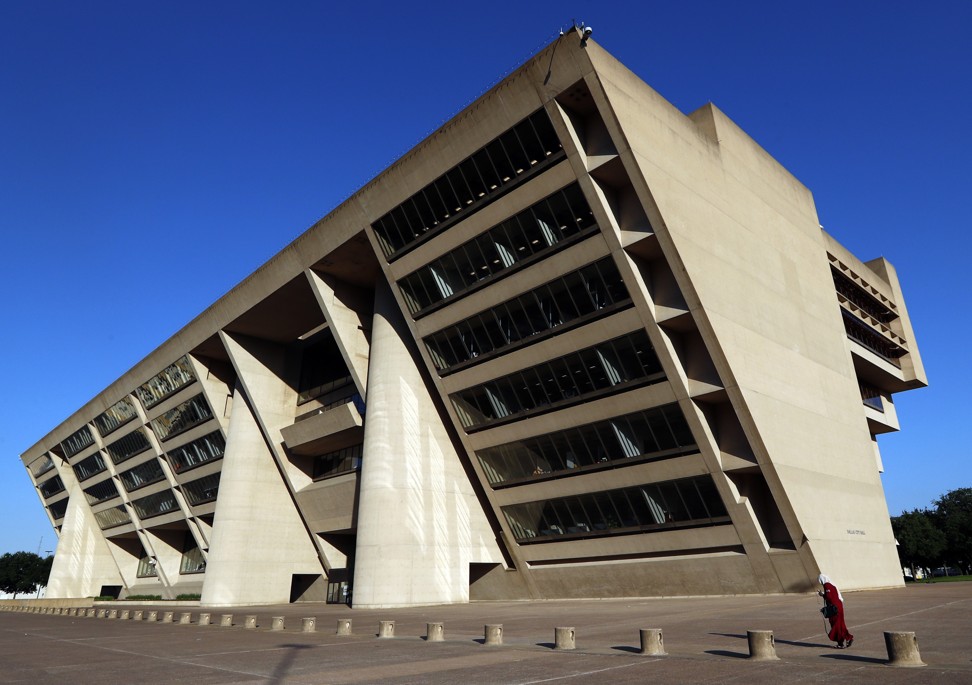
Before the Louvre, Pei used a pyramid theme in Texas when he was commissioned to design the Dallas City Hall.
Pei found himself facing a civil code that demanded more office space than public realm for government buildings.
The solution was a cantilevered north-facing facade, an assertive structure that stood out amid the growing cluster of office towers nearby. Using a 34-degree slope, each of the upper seven levels is nearly three metres wider than the one below it, giving them the greater required area than the public realm beneath.
Pei supposedly convinced the city to add 2.5 hectares in front of it to create a plaza – one that to this day serves as a kind of sentinel over the city and engages with the people who live there.
2008
Museum of Islamic Art, Doha
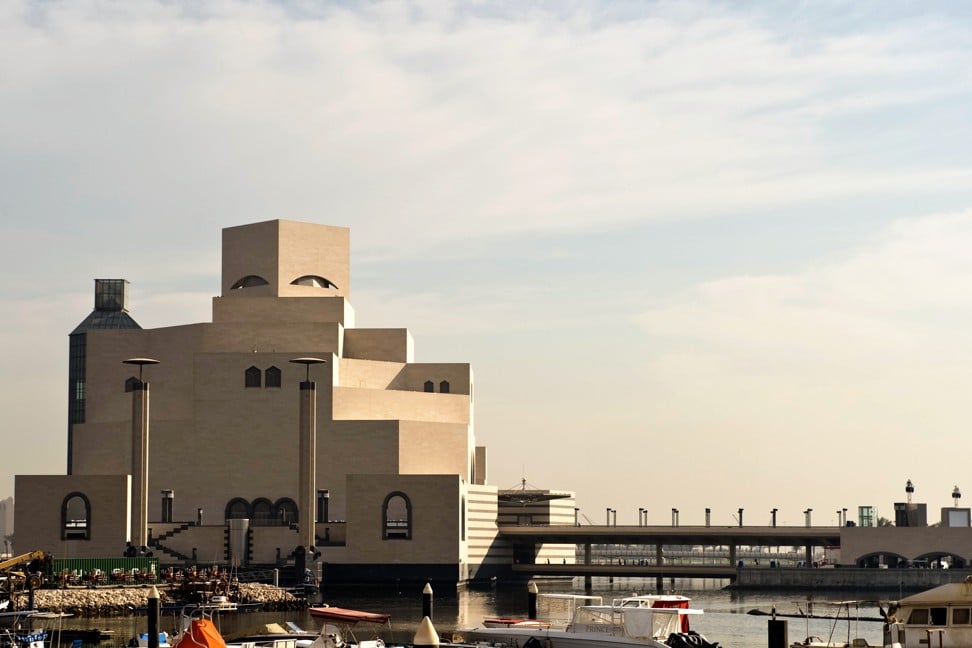
This Doha museum is a prime example of Pei’s ability to seamlessly and effortlessly combine traditional structures with modern architectural concepts.
It’s said that Pei came out of retirement to work on the project, partially because he knew little about Islamic art and took the opportunity to change that.
Inspired by the Ibn Tulun Mosque in Cairo, the Museum of Islamic Art, perched on an artificial island and connected to the mainland of Qatar by a 65-metre (213-foot) bridge, marries Islamic architecture with its contemporary geometry.
The stacked-box, five-storey building houses a collection that spans 14 centuries and stands out for its Islamic square-domed central tower.
The creamy limestone colour on the facade reflects the light in a way that is unique to every hour of the day, putting the museum, Pei’s last, among his most recognisable.
Travel like a Kaohsiung local: 7 of port city’s best for visitors
1979
Kennedy Library, Boston
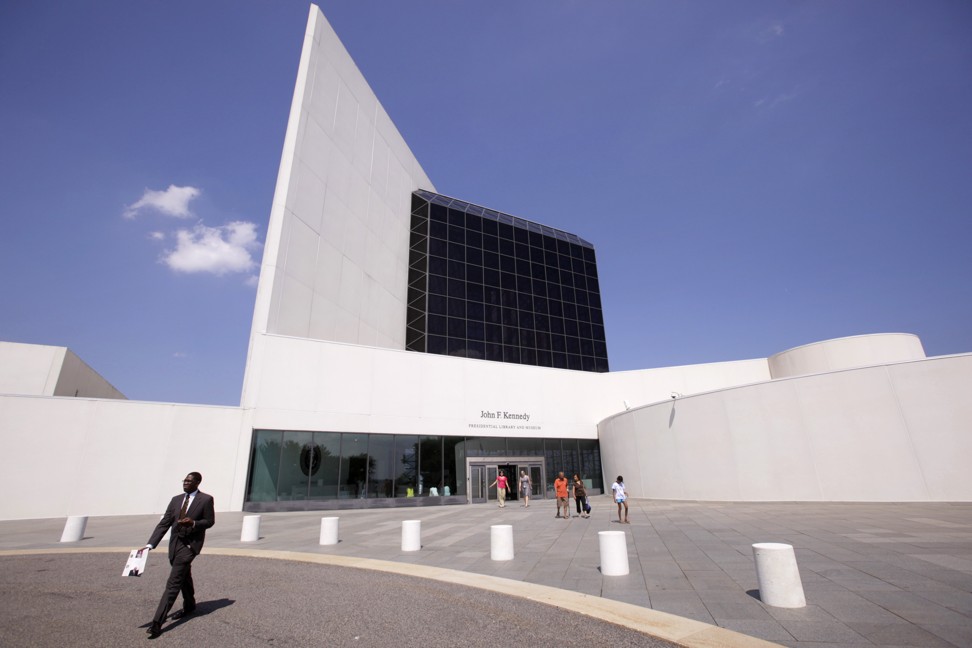
The presidential library is as much a part of a presidency as the commander-in-chief’s days in the White House, and now serves as crucial document repository and national archive.
Pei’s contribution came with the Kennedy Library, which took nearly two decades to actually complete.
Perhaps one of Pei’s most unassuming structures, the final building, sitting on the Boston waterfront in what was once a rubbish dump, faced budgetary and space challenges from its inception.
Ultimately, the austere concrete block, intersecting a glass pavilion and squat circular wing link in a creative, cohesive whole that acts as a fitting memorial to John F. Kennedy because of its forward-looking design and timelessness.
Want more stories like this? Sign up here. Follow STYLE on Facebook, Instagram and Twitter

Guangzhou-born innovator, who has died at 102, used modernism and cubism designs, such as the Pyramid at the Louvre, in Paris, and Hong Kong’s Bank of China Tower